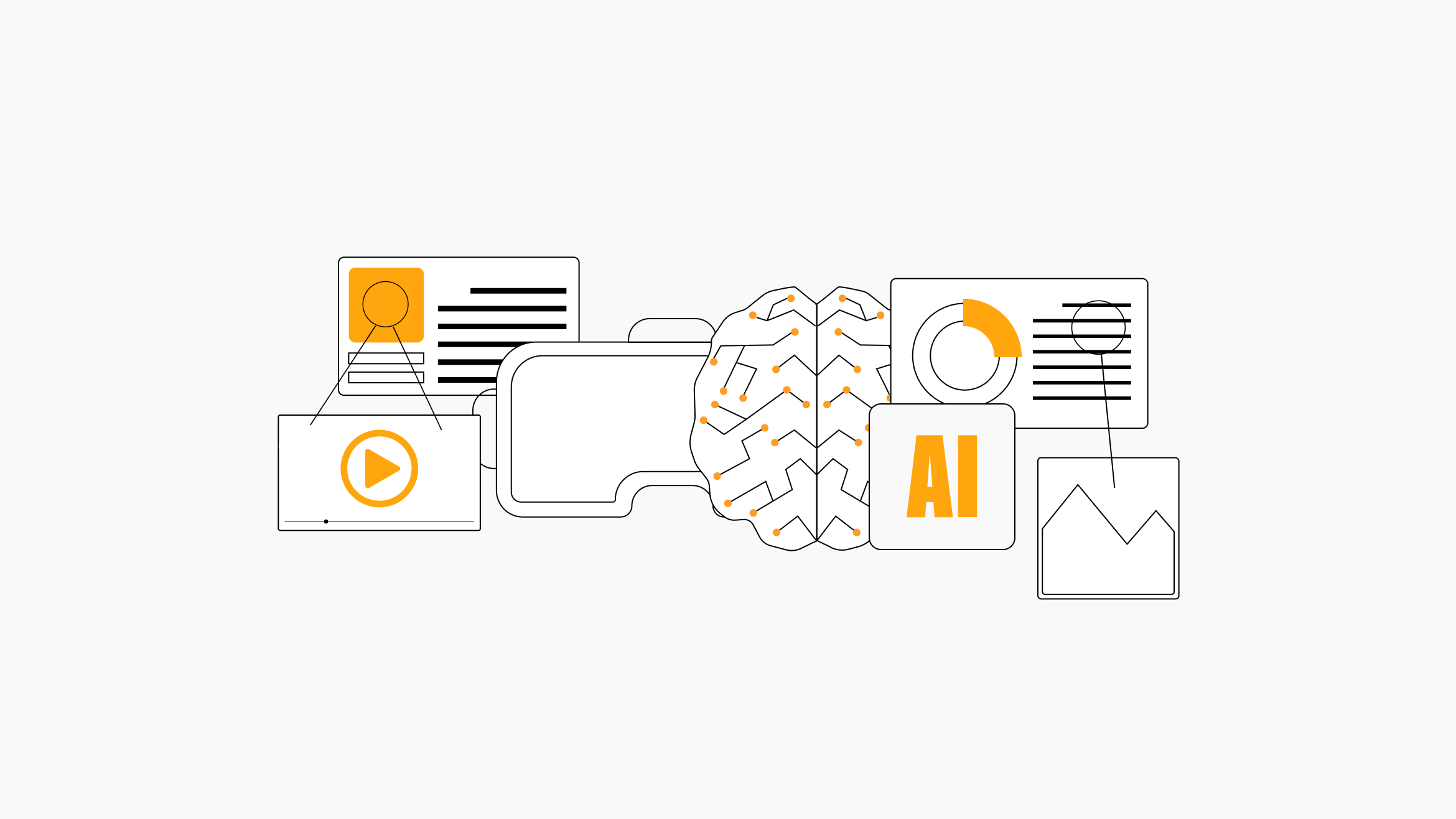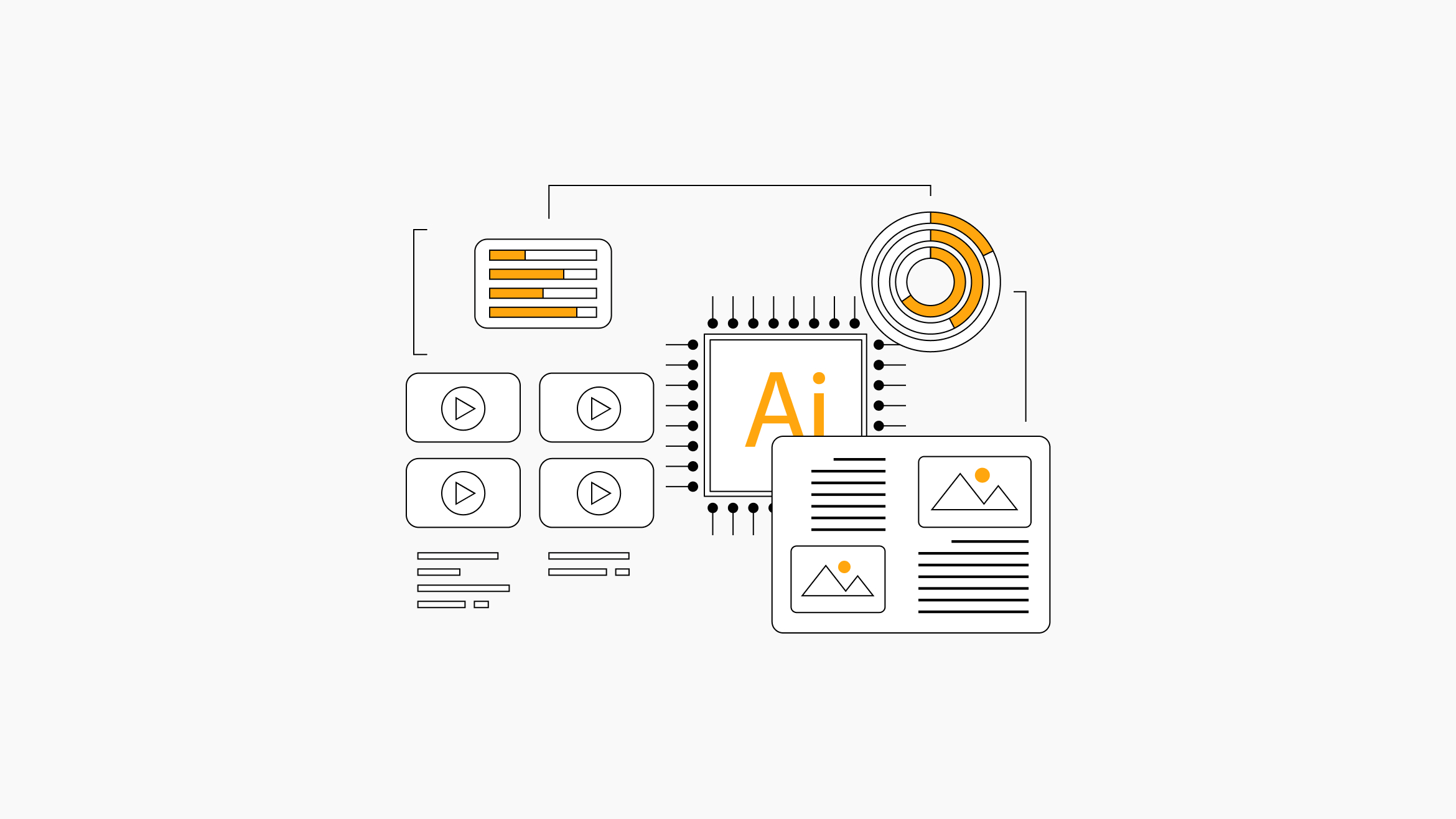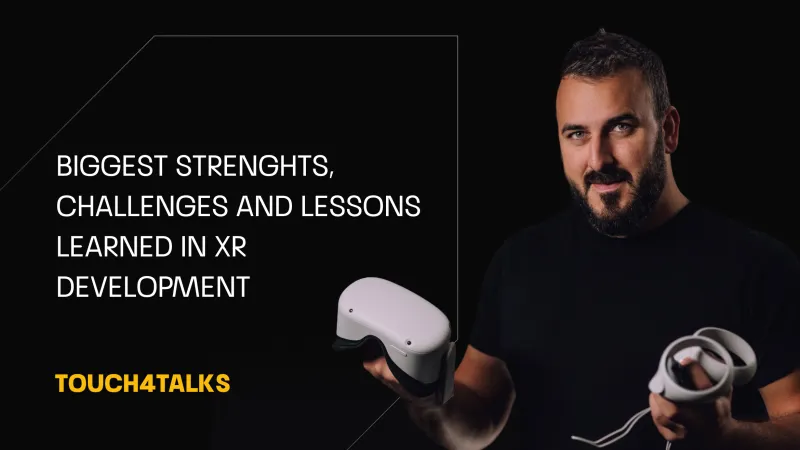Advancing Human-Computer Interaction with Multimodal AI and Mixed Reality

As we progress beyond the smartphone era, our interactions with technology are evolving at an unprecedented rate. Multimodal AI and Mixed Reality (MR) fusion is poised to transform human-computer interaction (HCI), introducing a new level of intuitiveness, contextual awareness, and immersion that we are only beginning to explore. Imagine a future where AI seamlessly interprets your surroundings, gestures, and voice commands through MR headsets, creating a deeply personalized and responsive experience. This convergence promises to make technology feel more natural, accessible, and fully integrated into daily life.
The Limitations of Current Human-Computer Interactions
Today, our interactions with devices—typing, swiping, and using voice commands—are somewhat restricted. While smartphones were revolutionary, they have reached a point where innovation feels limited, relying on flat, two-dimensional interactions that can feel confining. But imagine if, instead of unlocking your phone, opening an app, and typing a question, you could simply look at an object, ask your question aloud, and see relevant information overlaid directly in your field of vision. This is the future that multimodal AI and MR devices can offer: a more fluid and intuitive way to interact with technology.

The Power of Multimodal AI: Beyond Words
Multimodal AI marks a significant departure from traditional text or voice-based interactions. It processes various types of input—text, images, sounds, and gestures—all at once. This allows for responses based on a richer, more comprehensive understanding of your context. It’s like communicating with an AI that hears you and sees and understands the world around you.
Imagine wearing an MR headset powered by multimodal AI. As you walk into your kitchen and ask, “What can I make with these ingredients?” the AI identifies the items on the counter, suggests recipes, and even projects step-by-step instructions right before your eyes. Merging AI’s contextual awareness with MR’s immersive visuals makes interactions feel far more integrated with the real world than anything a smartphone can offer.
Mixed Reality Headsets: A Portal to Seamless Interaction
Integrating multimodal AI into daily tasks can shift our experience from reactive to proactive. Rather than waiting for commands, the AI can anticipate your needs and further personalize the experience.
Take, for instance, a home improvement project. As you handle tools or inspect a surface, the AI recognizes your actions and suggests tips, tutorials, or even safety advice—all without your asking. This proactive assistance creates a smoother, more seamless interaction between you and the technology.
This shift from issuing commands to engaging in a more natural, ongoing dialogue redefines the HCI experience. It’s no longer just about talking to machines; technology becomes an active participant in our lives, enhancing how we work, play, and learn.
Challenges and the Path Ahead
Of course, there are challenges to overcome. Hardware limitations—such as battery life, processing power, and display quality in MR headsets—still need to be improved. Additionally, as AI becomes more integrated into our lives, privacy and data security concerns become even more critical.
Despite these challenges, the future of HCI is clear: AI-powered MR devices and other wearables will reshape how we interact with technology. As multimodal AI becomes more advanced and hardware continues to improve, we are moving toward a world where technology feels as natural to interact with as a physical object or a close friend.
It’s also worth noting that MR headsets aren’t expected to replace smartphones immediately; rather, they’ll complement them. While smartphones will still play a key role in our tech ecosystem, MR devices will enable us to engage with the digital world in a far more immersive and intuitive way.

Conclusion: Entering a New Era of Human-Computer Interaction
The convergence of multimodal AI and Mixed Reality is setting the stage for a significant leap in human-computer interaction. These technologies will redefine how we engage with machines, offering more contextual, personalized, and immersive experiences. With MR headsets powered by AI leading this shift, we can break free from the limitations of screens and engage with technology in a more natural, fluid manner.



